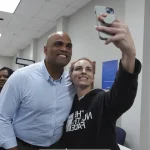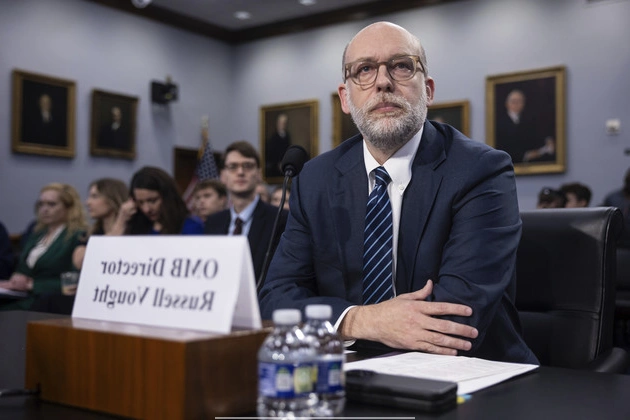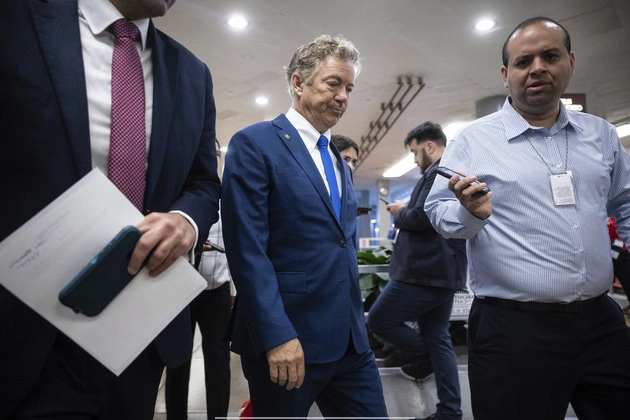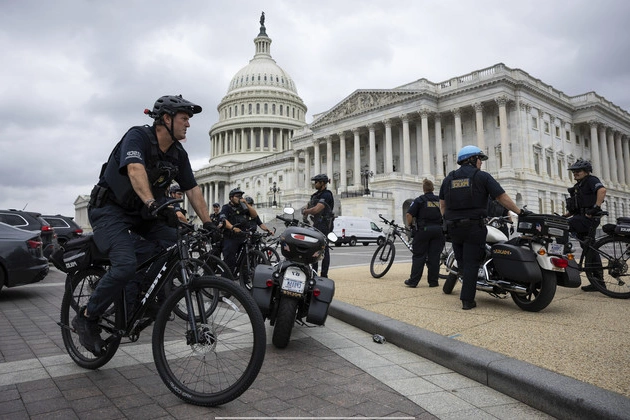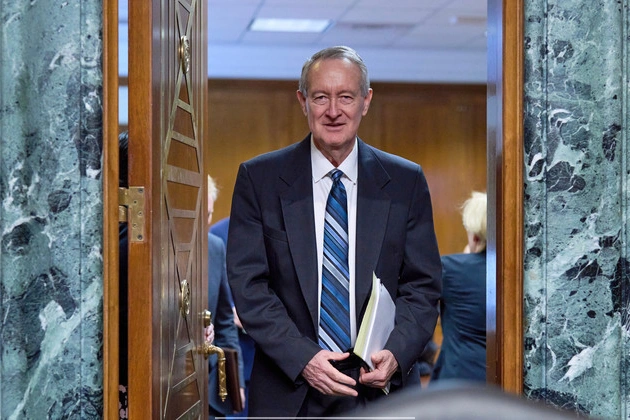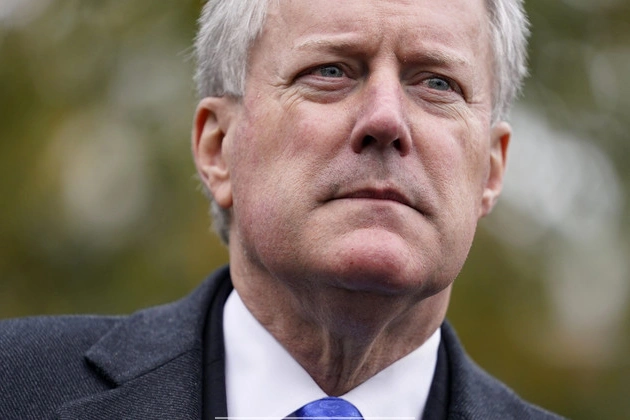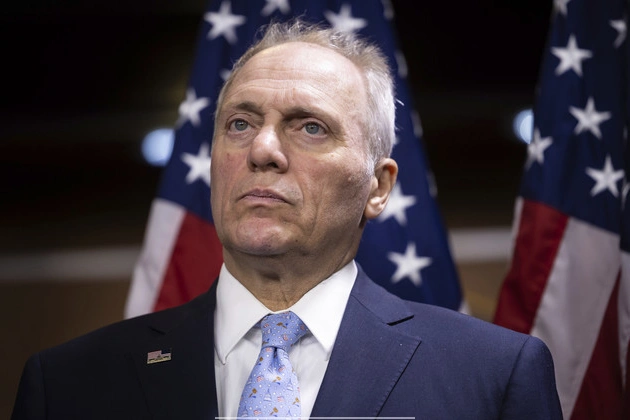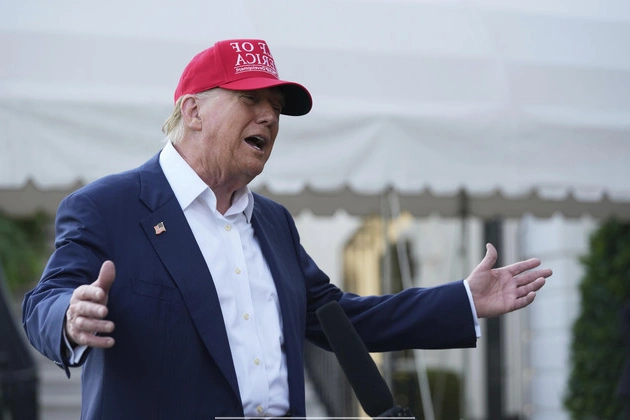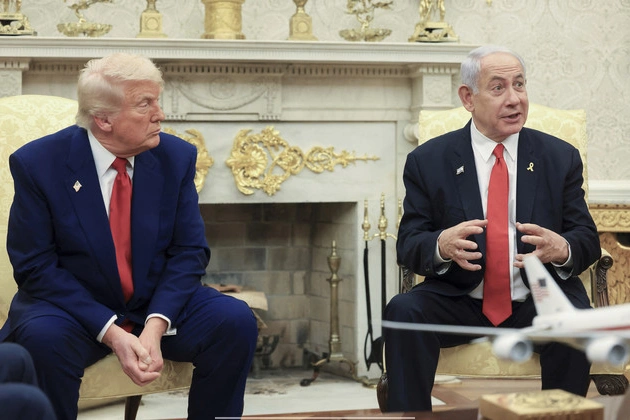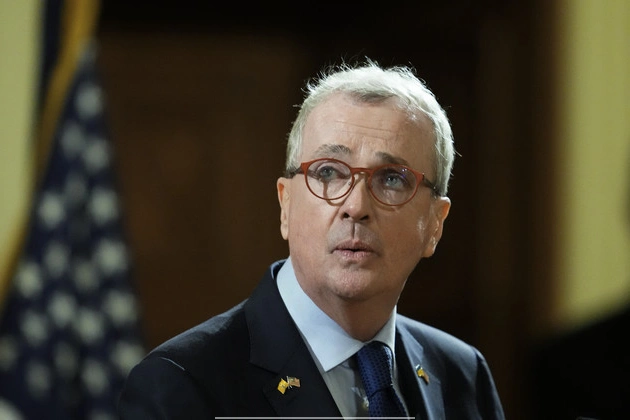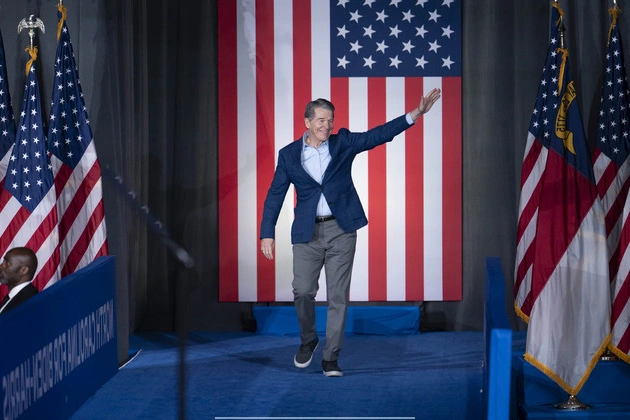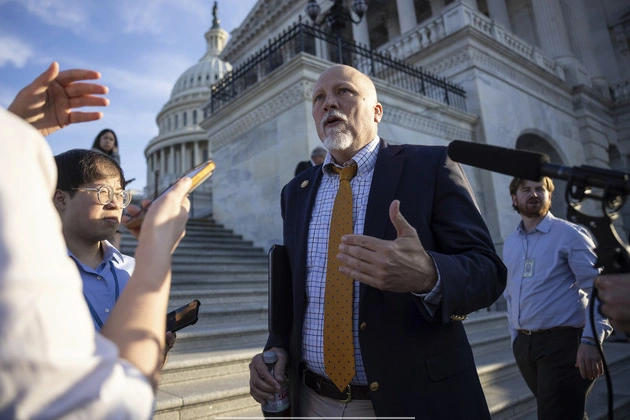
House deficit hawks are making their voices heard in opposition to the Senate budget blueprint, despite Senate Republicans’ approval early Saturday morning. This resistance from within the Republican Party raises concerns for the progress of President Donald Trump’s domestic policy agenda.
Standing Against Senate’s Budget
Representative Chip Roy of Texas firmly stated his position, declaring, “If the Senate’s ‘Jekyll and Hyde’ budget reaches the House floor, I will vote no.” He criticized the Senate plan for lacking significant measures for spending cuts, emphasizing the need for a more robust fiscal strategy.
Similarly, Representative Andy Harris of Maryland emphasized the importance of seeing concrete spending and deficit reduction plans before supporting any changes to the budget resolution. His stance reflects a commitment to enacting President Trump’s America First agenda.
Joining them, Representative Lloyd Smucker of Pennsylvania expressed reservations about the Senate budget as currently written, highlighting the need for substantial revisions.
Criticism from House Deficit Hawks
Several other House Republicans, including House Budget Chair Jodey Arrington and Representative Keith Self, criticized the Senate plan for being ‘unserious and disappointing.’ The lack of significant spending cuts in the Senate proposal drew sharp criticism, with Arrington calling for more substantial fiscal measures.
House Republicans have consistently emphasized the importance of fiscal responsibility and deficit neutrality in any budget plan. They advocate for a close alignment between tax cuts and spending cuts, viewing them as integral to a sustainable fiscal strategy.
Diverging Approaches to Budgeting
Notably, the House and Senate plans differ significantly in their approaches to budgeting. While the House Republican budget calls for substantial spending cuts totaling $2 trillion, the Senate plan sets a more modest target of $4 billion in reductions.
Additionally, the tax provisions in the two budgets vary, with the House allocating $4.5 trillion for tax cuts compared to the Senate’s approach of zeroing out the cost of extending expiring tax cuts and potentially allowing for additional tax reductions.
Despite these differences, there is a call for unity within the Republican Party to advance a comprehensive bill that aligns with President Trump’s vision. The ongoing debate over the budget resolution reflects the complex interplay between fiscal policy, party dynamics, and the broader economic landscape.
Evaluating Fiscal Parameters
Representative Harris suggested a cautious approach to the budget resolution, advocating for a thorough evaluation of the bill’s fiscal parameters before proceeding. He underscored the need for real deficit reduction that aligns with the House’s goals, signaling a willingness to support the Senate budget if it meets these criteria.
As the debate unfolds, the GOP faces pressure to present a unified front in support of the budget plan. President Trump’s push for party cohesion underscores the political stakes involved, especially in the context of global economic challenges and trade tensions.
Ultimately, the fate of the budget resolution and its implications for fiscal policy remain uncertain. The clash between deficit hawks and proponents of a more expansive budget reflects the broader tensions within the Republican Party and the complexities of navigating fiscal challenges in a dynamic political environment.




